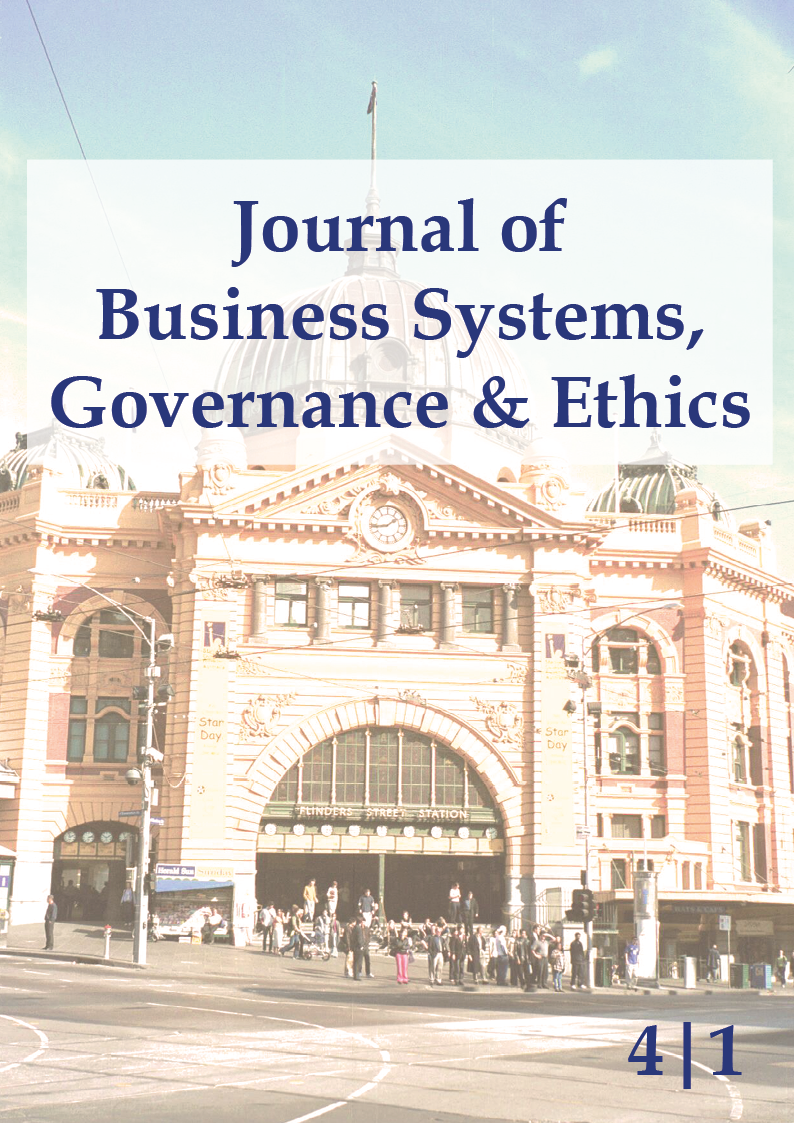Women and Superannuation
Work Until You Drop?
DOI:
https://doi.org/10.15209/jbsge.v4i1.153Abstract
Superannuation is becoming an increasingly important source of retirement income. However, women in Australia face a significant barrier in accumulating superannuation entitlements because of their positions in the paid and unpaid workforce. When in paid work, women occupy lower positions, have more career breaks due to care responsibilities and have more part-time and casual employment. Many women, of course, do not work outside the home, and a smaller proportion of women engage in paid employment than do men. Consequently women have lower incomes, less wealth and less generous retirement benefits. Our analysis of the Survey of Employment Arrangements and Superannuation and other Australian Bureau of Statistics data, together with data published by the Australian Prudential Regulatory Authority, reveals that dramatic policy initiatives will be needed to improve women’s access to retirement resources. Such policies do not apply only to superannuation but must address women’s positions in the paid workforce and their care responsibilities.
Downloads
Published
How to Cite
Issue
Section
License
Authors who publish with this journal agree to the following terms:- Authors retain copyright and grant the journal right of first publication with the work simultaneously licensed under a Creative Commons Attribution License that allows others to share the work with an acknowledgement of the work's authorship and initial publication in this journal.
- Authors are able to enter into separate, additional contractual arrangements for the non-exclusive distribution of the journal's published version of the work (e.g., post it to an institutional repository or publish it in a book), with an acknowledgement of its initial publication in this journal.
- Authors are permitted and encouraged to post their work online (e.g., in institutional repositories or on their website) prior to and during the submission process, as it can lead to productive exchanges, as well as earlier and greater citation of published work (See The Effect of Open Access).


